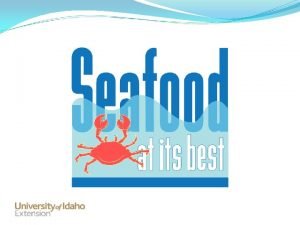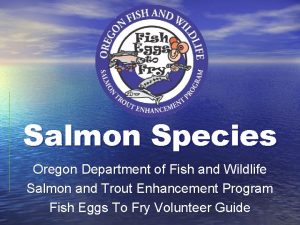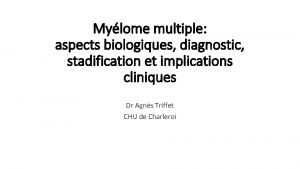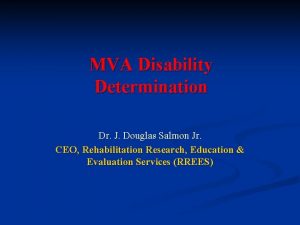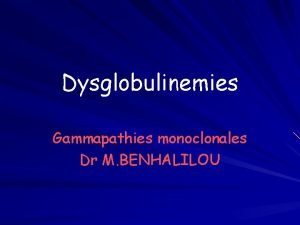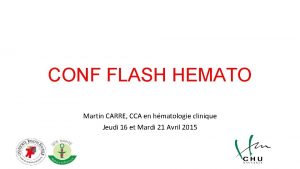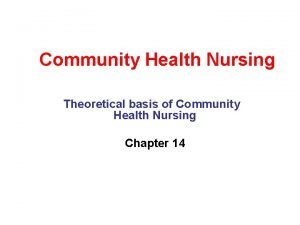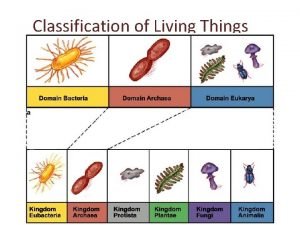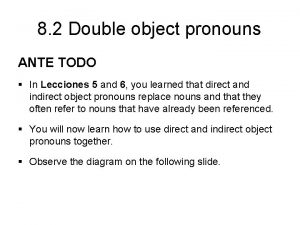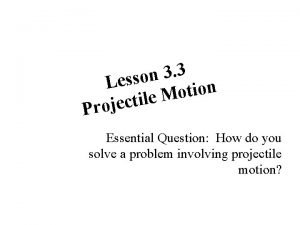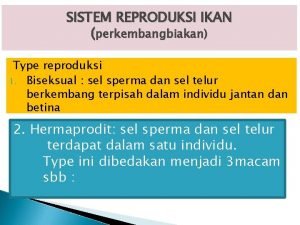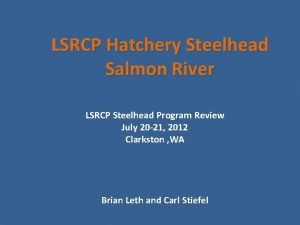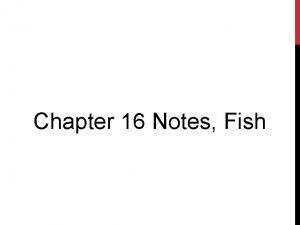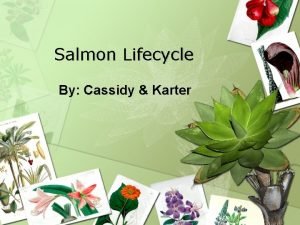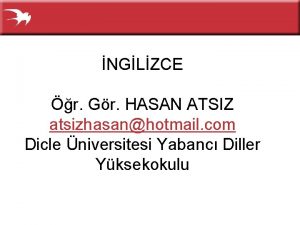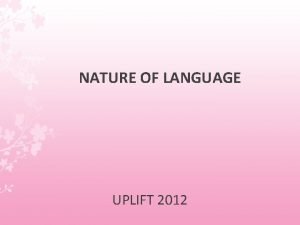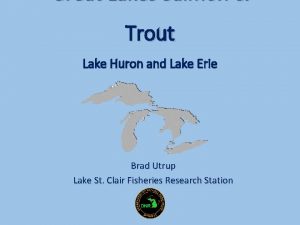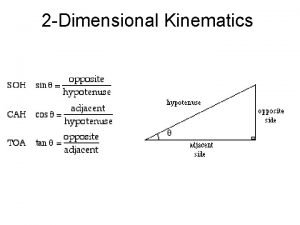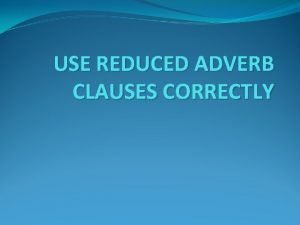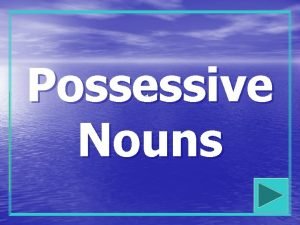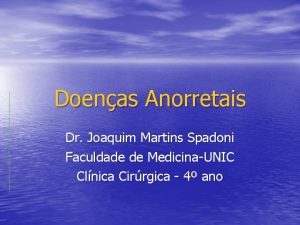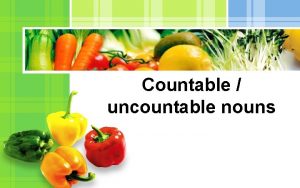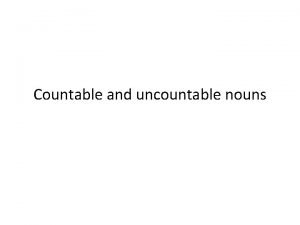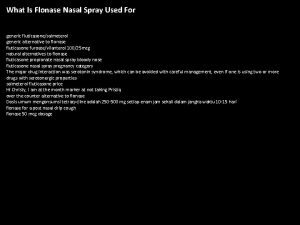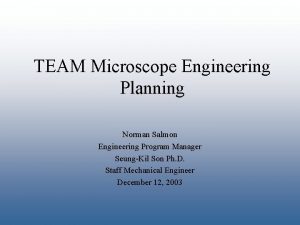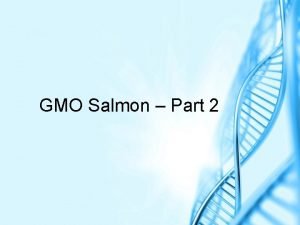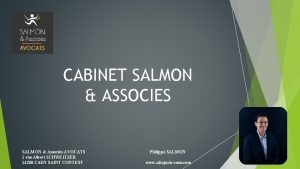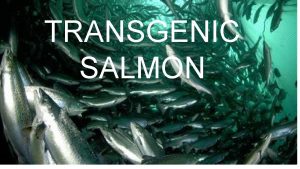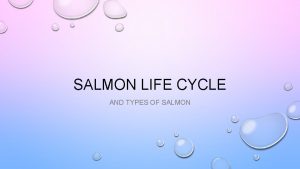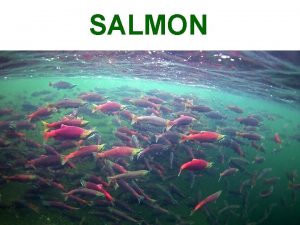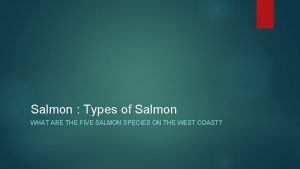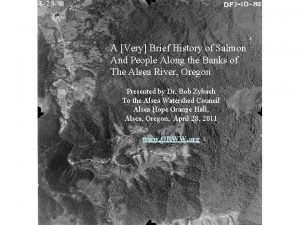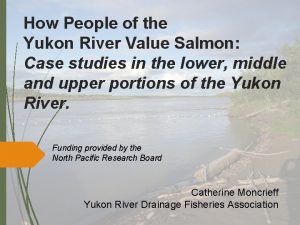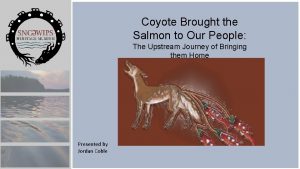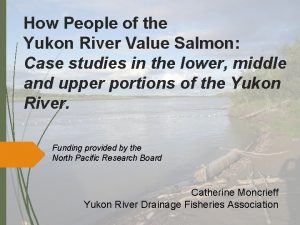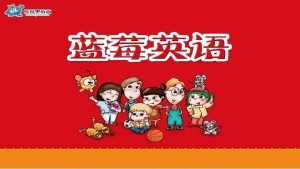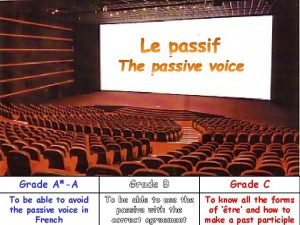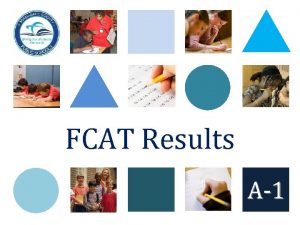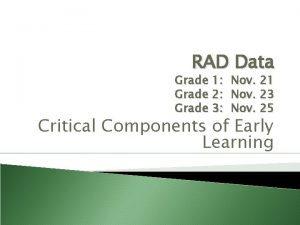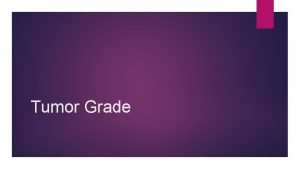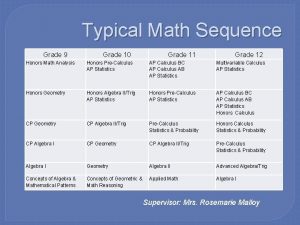GRADE 4 LESSON Salmon People Salmon People This





























- Slides: 29

GRADE 4 LESSON Salmon People

Salmon People This Photo by Unknown Author is licensed under CC BY-SA

Which tribal seals reference salmon? Burns Paiute Tribe

THE SILETZ TRIBE About Fivemile Creek Wetlands (The tribe purchased 125 acres in 2016 that is part of their ancestral lands. ) “The Siletz Tribe is pleased to acquire this property of our ancestors and help protect coho salmon. It’s part of our cultural tradition to take care of the land its inhabitants, and this is another opportunity to do both. ” -Tribal Chairman Delores Pigsley

NATIONAL GEOGRAPHIC A Small Tribe Thinks Big About Their Ocean Space The Indigenous people living on the southern Oregon coast have always understood that the ocean and its creatures must be respected. According to the tribal lore of the Confederated Tribes of the Coos, Lower Umpqua and Siuslaw, Thunderbird was the chief of the ocean, and of all the ocean’s creatures, salmon was most beloved. When the people treated salmon carelessly, by dropping it on the ground or burning it, Thunderbird became angry and created powerful storms. The people burned tobacco in their fires and pleaded with Thunderbird to go north.

NATIONAL GEOGRAPHIC A Small Tribe Thinks Big About Their Ocean Space The lesson? The ocean can be perilous, but it also provides. Margaret Corvi, a tribal member and Environmental Specialist with the Confederated Tribes of Coos, Lower Umpqua and Siuslaw , knows this very well. “Resource management is embedded into tribal practices and stories, ” she says, “and these traditional stories help guide our management-with-respect approach. ”

Cow Creek Tribe Salmon Fishing During the salmon runs, the Cow Creek Tribe built weirs across the streams and placed funnel-shaped basket traps made of hazel shoots in the narrow channels. According to pioneer settler, George Riddle (1851), “The salmon in great numbers would pass up by the side of the trap and, failing to get above the dam would be carried back into the open end of the trap, and the weight of the water would hold them. ”

For many tribal members, fishing is still the preferred livelihood “We’re thankful that as the fish come back because it means we’ve got to start getting ready for the season. But we’re also giving thanks for the fish coming back and we’re sharing it with our family and our friends. It is part of our treaty rights, it is part of our heritage and our culture. ” - Kathryn “Kat” Brigham, Confederated Tribes of the Umatilla Indian Reservation

THE KLAMATH TRIBES Speaking about the need for dam removal and salmon restoration “The c’iyaal’s, which means salmon in the Klamath language, were placed in these waters by our Creator and was essential in sustaining the people for centuries, but when the dams were built we have not seen salmon in the Klamath Basin for almost 100 years. We won’t be whole, and we won’t be complete as a people, until we can once again fish for our c’iyaal’s. ” -Klamath Tribal Chairman Don Gentry

The Confederated Tribes of Grand Ronde In 2018 the Confederated Tribes of Grand Ronde (CTGR) received a permit from the Oregon Department of State Lands to construct a fishing platform on state lands at Willamette Falls. The scaffold allows the CTGR to safely harvest ceremonial fish at Willamette Falls at the time of year when our ancestors historically took the first fish from the Falls. The Tribe has taken ceremonial fish at the falls for the past three years [since 2016].

Columbia River Inter-Tribal Fish Commission Salmon play an integral part of tribal religion, culture, and physical sustenance.

Columbia River Inter-Tribal Fish Commission Salmon are part of our spiritual and cultural identity. Over a dozen longhouses and churches on the reservations and in ceded areas still use salmon for their religious services.

Columbia River Inter-Tribal Fish Commission The annual salmon return and its celebration by the tribes assure the renewal and continuation of human and all other life.

Columbia River Inter-Tribal Fish Commission Historically, we were wealthy peoples because of a flourishing trade economy based on salmon.

Columbia River Inter-Tribal Fish Commission Salmon and the rivers they use are part of our sense of place. The Creator put us here where the salmon return. We are obliged to remain and to protect this place.

Columbia River Inter-Tribal Fish Commission The annual salmon harvest allows the transfer of traditional values from generation to generation.

Columbia River Inter-Tribal Fish Commission The importance of the first salmon ceremony has to do with the celebration of life, of the salmon as subsistence, meaning that the Indians depend upon the salmon for their living. And the annual celebration is just that—it's an appreciation that the salmon are coming back. It is again the natural law; the cycle of life. It's the way things are and if there was no water, there would be no salmon, there would be no cycle, no food. And the Indian people respect it accordingly. —Antone Minthorn, Cayuse, Confederated Tribes of the Umatilla Indian Reservation

Louie Dick, Jr. , a member of the Confederated Tribes of the Umatilla Reservation (1992) Don’t call us a minority. We come from the land. We are the earth; we are the land. The others occupy the land. When you destroy the salmon, you destroy me. The salmon made a commitment to return and to give life. He’s following his law by coming. We are violating our own law by not doing everything we can to get him back.

Five Types of Salmon Common to Oregon Chum/Dog Chinook/King Coho/Silver Pink Sockeye


Key Terms: • • • Adult salmon Alevins Fry Redd Smolts Spawning

The Columbia River Basin The Columbia River and its tributaries. This Photo by Unknown Author is licensed under CC BY-SA.

Dams in the Columbia Basin This Photo by Unknown Author is licensed under CC BY-NC

Dams Provide Electrical Power This Photo by Unknown Author is licensed under CC BY-SA

This Photo by Unknown Author is licensed under CC BY-SA John Day Dam (passable) Grand Coulee Dam (not passable)

This Photo by Unknown Author is licensed under CC BY-SA This Photo by Unknown Author is licensed under CC BY Fish Ladders – A Way Through

Accessibility for Salmon Before Dams (1890)

Accessibility for Salmon After Dams (1965)

This Photo by Unknown Author is licensed under CC BY Stream Access This Photo by Unknown Author is licensed under CC BY-NC-ND This Photo by Unknown Author is licensed under CC BY-SA Fish Hatcheries Stream Restoration
 Shkollat e shekullit 21
Shkollat e shekullit 21 Trout vs. salmon
Trout vs. salmon Salmon scientific name
Salmon scientific name Myelome multiple osseux
Myelome multiple osseux Dr. j. douglas salmon jr
Dr. j. douglas salmon jr Dysglobulinemie
Dysglobulinemie Salmon et durie
Salmon et durie Principles of public health nursing
Principles of public health nursing Lizzy salmon peoria il
Lizzy salmon peoria il How to write scientific names
How to write scientific names ¿el salmón? la dueña me
¿el salmón? la dueña me Salmon often jump waterfalls to reach
Salmon often jump waterfalls to reach Partenogenesis terjadi pada hewan
Partenogenesis terjadi pada hewan What to serve with salmon
What to serve with salmon Pedigree salmon
Pedigree salmon Salmon patch
Salmon patch Salmon life cycle
Salmon life cycle Do salmon eat plankton
Do salmon eat plankton Monkey çoğul hali
Monkey çoğul hali The sun was salmon and hazy in the west figure of speech
The sun was salmon and hazy in the west figure of speech Salmon trout lake
Salmon trout lake Salmon often jump waterfalls to reach
Salmon often jump waterfalls to reach Kokanee salmon begin to deteriorate and die soon
Kokanee salmon begin to deteriorate and die soon Salmon brother
Salmon brother Singular possessive of salmon
Singular possessive of salmon Papilites
Papilites Kind countable or uncountable
Kind countable or uncountable Countable and uncountable nouns sentences
Countable and uncountable nouns sentences Calcitonin salmon coupon
Calcitonin salmon coupon Norman salmon
Norman salmon

